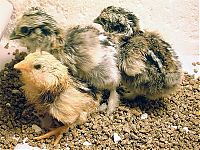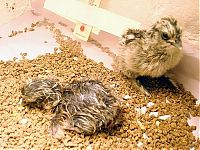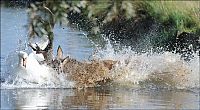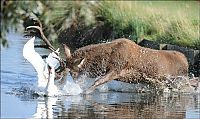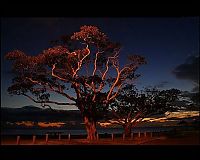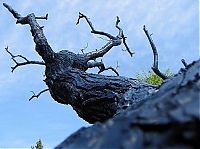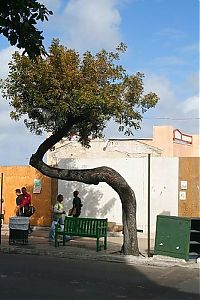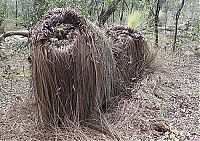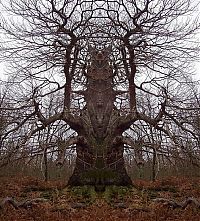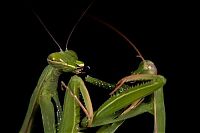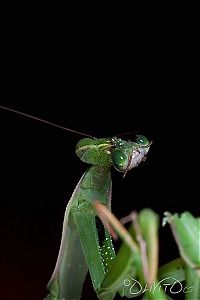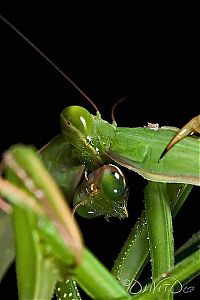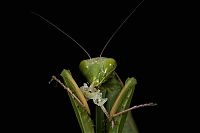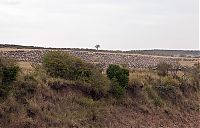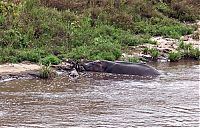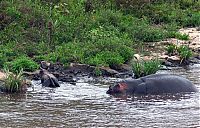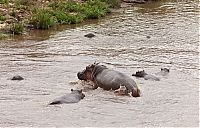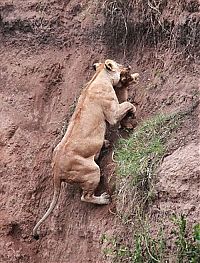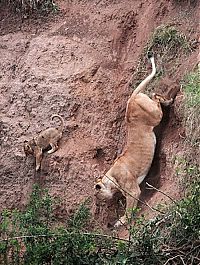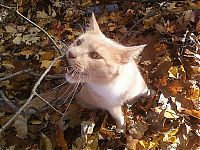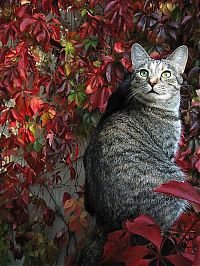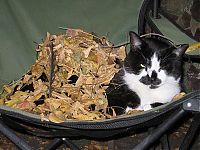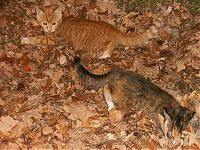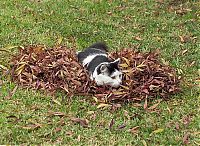Cats And Dogs Whispering
Thursday, 6th October 2011, 10:45:03
Album: Fauna & Flora, New uploads: 8, Hits: 1325, Size: 0MiB
Whispering (Latin: vox parva) is an unvoiced mode of phonation in which the vocal cords do not vibrate normally but are instead adducted sufficiently to create audible turbulence (a 'hissing' quality) as the speaker exhales (or occasionally inhales) during speech. This is a somewhat greater adduction than that found in breathy voice. Articulation remains the same as in normal speech.
In normal speech, the vocal cords alternate between states of voice and voicelessness...
Baby Chicken Born From The Egg
Wednesday, 5th October 2011, 09:05:15
Album: Fauna & Flora, New uploads: 7, Hits: 929, Size: 0MiB
The chicken (Gallus gallus domesticus) is a domesticated fowl, a subspecies of the Red Junglefowl. As one of the most common and widespread domestic animals, and with a population of more than 24 billion in 2003, there are more chickens in the world than any other species of bird. Humans keep chickens primarily as a source of food, consuming both their meat and their eggs...
Deer Against A Swan
Wednesday, 5th October 2011, 08:01:15
Album: Fauna & Flora, New uploads: 5, Hits: 868, Size: 0MiB
Deer
Deer (singular and plural) are the ruminant mammals forming the family Cervidae. Species in the Cervidae family include White-tailed deer, Elk, Moose, Red Deer, Reindeer, Roe and Chital. Male deer of all species, except the Chinese Water deer, and female Reindeer grow and shed new antlers each year. In this they differ from permanently horned animals such as antelope; these are in the same order as deer and may bear a superficial resemblance...
Trees Around The World
Monday, 3rd October 2011, 08:35:23
Album: Fauna & Flora, New uploads: 18, Hits: 3202, Size: 2MiB
A tree is a perennial woody plant. It is most often defined as a woody plant that has many secondary branches supported clear of the ground on a single main stem or trunk with clear apical dominance. A minimum height specification at maturity is cited by some authors, varying from 3 m to 6 m; some authors set a minimum of 10 cm trunk diameter (30 cm girth). Woody plants that do not meet these definitions by having multiple stems and/or small size are called shrubs...
Female Mantis Kills Her Partner
Friday, 30th September 2011, 08:18:28
Album: Fauna & Flora, New uploads: 10, Hits: 2073, Size: 0MiB
Mantodea or mantises is an order of insects that contains approximately 2,200 species in nine families worldwide in temperate and tropical habitats. Most of the species are in the family Mantidae...
Surfing Dog
Wednesday, 28th September 2011, 07:48:02
Album: Fauna & Flora, New uploads: 17, Hits: 2681, Size: 1MiB
Surfing is a surface water sport. Definition: the sport or pastime being carried to the shore on the crest large waves while standing or lying on some sort board (i.e. longboard, short board, boogie board, wake board).
Two major subdivisions within stand-up surfing are longboarding and shortboarding, reflecting differences in surfboard design including surfboard length, and riding style...
Antelope Saved From Crocodiles By A Hippopotamus, Kenya
Tuesday, 27th September 2011, 07:50:08
Album: Fauna & Flora, New uploads: 15, Hits: 2353, Size: 1MiB
An antelope was almost killed and eaten by a crocodile but it was saved by a hippo. This amazing story happened in Kenya.
Antelope is a term referring to many even-toed ungulate species found all over the world in places such as Africa, Asia, and North America. The term refers to a ‘miscellaneous’ group within the family encompassing the old-world species which are not cattle, sheep, buffalo, bison, or goats. In some countries they are referred to as a "Gemma"...
Lion Cub Saved By Lioness
Tuesday, 27th September 2011, 07:36:19
Album: Fauna & Flora, New uploads: 5, Hits: 732, Size: 1MiB
The lion (Panthera leo) is one of the four big cats in the genus Panthera, and a member of the family Felidae. With some males exceeding 250 kg (550 lb) in weight, it is the second-largest living cat after the tiger. Wild lions currently exist in Sub-Saharan Africa and in Asia with a critically endangered remnant population in Gir Forest National Park in India, having disappeared from North Africa and Southwest Asia in historic times...
Autumn Cat
Monday, 26th September 2011, 09:55:28
Album: Fauna & Flora, New uploads: 15, Hits: 1834, Size: 1MiB
Autumn or fall is one of the four temperate seasons. Autumn marks the transition from summer into winter usually in March (Southern Hemisphere) or September (Northern Hemisphere) when the arrival of night becomes noticeably earlier.
The equinoxes might be expected to be in the middle of their respective seasons, but temperature lag (caused by the thermal latency of the ground and sea) means that seasons appear later than dates calculated from a purely astronomical perspective...
| History | 1 | - | 7 | 8 | 9 | 10 |
|
|
||||||||||||||







